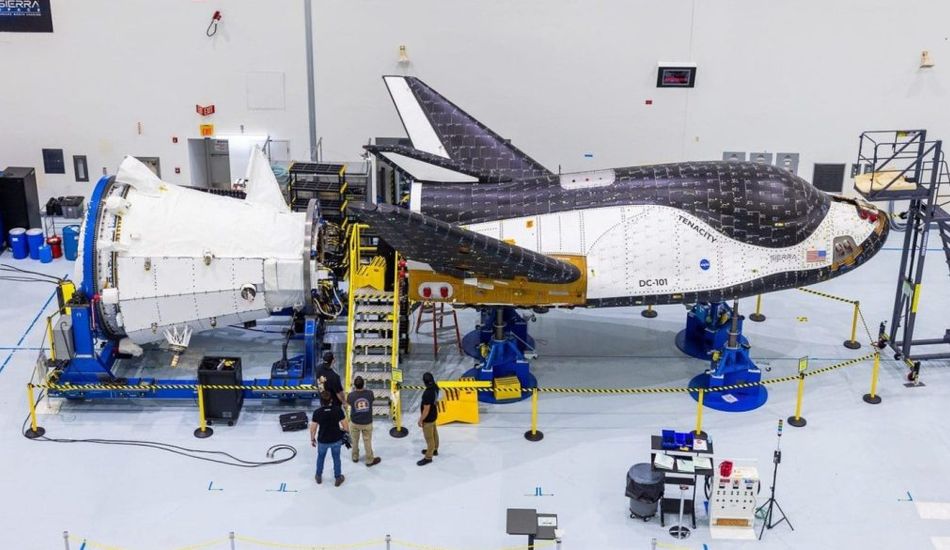
Dream Chaser's New Trajectory: From ISS Cargo to Defense Tech
It looks like Sierra Space's Dream Chaser spaceplane is facing a pretty significant change of plans. Initially, the idea was to have this reusable spaceplane deliver cargo to the International Space Station (ISS), marking a first in the commercial space sector. I remember when they announced this, it sounded like something straight out of a sci-fi movie – a spaceplane landing on regular runways!
However, things have shifted. NASA and Sierra Space have tweaked their agreement, removing NASA's guarantee to purchase cargo flights to the ISS. Now, the Dream Chaser will have a solo flight demo sometime in late 2026. Instead of docking with the ISS, it's going to be more of a "look what I can do" kind of mission. NASA will offer limited support for this test run and will decide later if they even want to order ISS resupply missions from Sierra Space.
This change is undeniably a setback. Space programs usually rely heavily on government backing because developing spacecraft is incredibly expensive. SpaceX, for example, received billions from NASA to develop their Dragon capsule and Falcon 9 rocket. Without that guaranteed income, Sierra Space needs to find a new angle.
Sierra Space is now looking to reposition Dream Chaser as a versatile platform for both commercial space stations and defense clients. It seems they're really pushing the defense angle, highlighting how Dream Chaser can meet diverse mission needs, including national security priorities. While mid-program pivots are not common in aerospace, but they’re becoming more common now.
This free-flying demo is crucial. It's a chance for Sierra Space to show off Dream Chaser's flexibility by hosting different payloads and demonstrating various capabilities without needing to dock with the ISS. Given that the ISS is planned for deorbit around 2030, the clock is ticking. Dream Chaser has a short window to prove it can deliver cargo in orbit. If it succeeds, it could become a valuable asset, potentially the only winged spacecraft in the market.
Source: TechCrunch